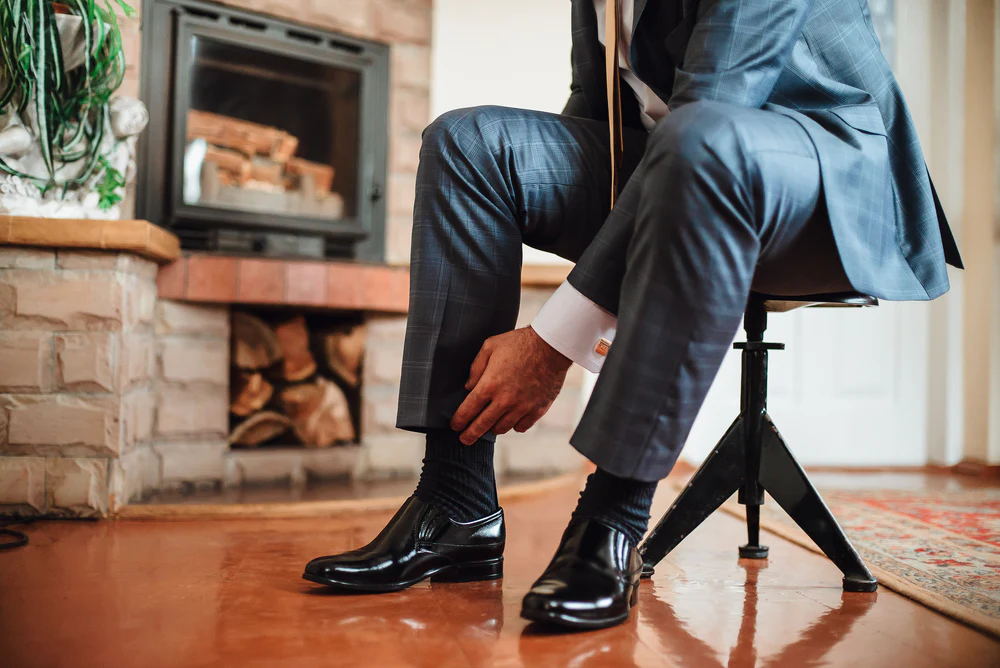The Ultimate Guide to Choosing the Best Winter Coat for Your Climate
Winter is here, and with it comes the need to bundle up. Whether you're dealing with bone-chilling winds or mild frosts, finding the right winter coat can make all the difference. After all, a good coat isn’t just a piece of clothing; it’s your shield against the elements. Let’s dive into the ultimate guide to choosing the perfect winter coat for your climate—because staying warm shouldn’t mean sacrificing style.
1. Know Your Climate: The Starting Point
“Failing to prepare is preparing to fail.” This age-old saying applies to picking a winter coat too! The first step is understanding your climate. Are you living in a place with mild winters where temperatures rarely dip below freezing? Or do you brave sub-zero conditions with heavy snowfall?
- Mild Climates: Look for lightweight coats with moderate insulation, such as wool blends or quilted jackets.
- Cold Climates: Opt for insulated coats with down or synthetic fillings.
- Wet Climates: Prioritize waterproof materials like Gore-Tex or treated nylon.
2. The Importance of Insulation
A warm coat starts from within—literally. Insulation is what keeps the cold out and the warmth in. Here’s a quick breakdown:
- Down Insulation: Made from the soft feathers of ducks or geese, down is lightweight and incredibly warm. However, it’s not ideal for wet climates unless paired with a waterproof shell.
- Synthetic Insulation: Often made of polyester, synthetic insulation performs well in damp conditions and dries quickly. It’s also a more affordable and animal-friendly option.
Pro Tip: Check the "fill power" for down coats—higher numbers mean better insulation.
3. Fabric Matters: Form Meets Function
Your coat’s outer layer needs to work hard to protect you from the elements. Here’s a quick guide:
- Wool: Timeless and stylish, wool coats are great for dry and mild winters.
- Nylon/Polyester: Durable and water-resistant, these materials are perfect for wet, windy climates.
- Fleece-lined Cotton: Offers comfort and warmth but may not be ideal for heavy snow or rain.
- Gore-Tex: The gold standard for waterproof and breathable outerwear.
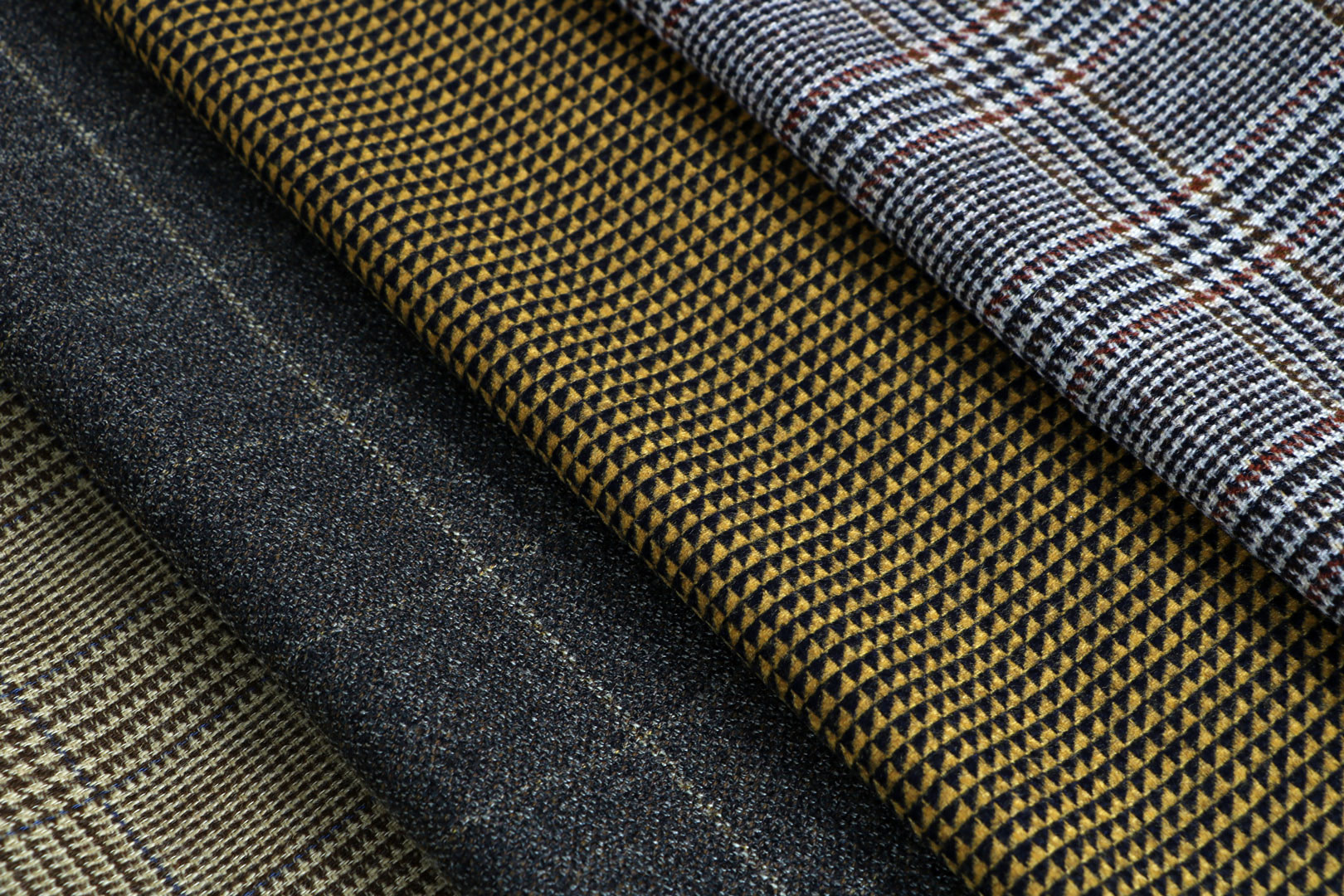
4. Length: Long or Short?
The length of your coat can make a significant difference in warmth and style:
- Short Coats/Jackets: Ideal for active lifestyles and mild winters. Think puffer jackets or bomber styles.
- Mid-Length Coats: A versatile option that balances warmth and mobility.
- Long Coats: Perfect for extreme cold, as they provide more coverage and block wind effectively.
Fact: Longer coats can trap body heat better, so they’re a must for those who feel the chill easily.
5. Weatherproof Features to Look For
“There’s no such thing as bad weather, just inappropriate clothing.” Equip yourself with these weatherproof features to conquer any winter day:
- Hood: A lined, adjustable hood can be a lifesaver in snow or rain.
- Sealed Seams: Prevent water from seeping through stitching.
- Storm Flaps: Extra fabric over zippers adds an extra barrier against wind and rain.
- Cuffs: Elastic or adjustable cuffs help lock in warmth.
6. Style vs. Function: Why Not Both?
Who says you can’t look good while staying warm? Modern winter coats combine practicality with fashion. Here are some popular styles:
- Parkas: Excellent for cold and wet climates, often with fur-lined hoods for added warmth.
- Peacoats: A classic wool option that’s both stylish and warm.
- Puffer Jackets: Lightweight yet highly insulated, perfect for layering.
- Trench Coats: Sleek and waterproof, ideal for mild winters.
“A coat isn’t just a coat; it’s a statement.”

7. Layering Potential: Room for More Warmth
Your coat should allow for layering without feeling restrictive. Choose a size that accommodates:
- Base Layers: Thermal tops and leggings for added insulation.
- Mid Layers: Sweaters or fleece jackets for extra warmth.
8. Budget vs. Quality: What’s the Sweet Spot?
Investing in a good winter coat can save you money in the long run. Look for durable materials, quality stitching, and reliable brands. While high-end options may come with a hefty price tag, remember that a good coat can last several winters.
Tip: Set a budget, but don’t compromise on essential features like insulation and waterproofing.
9. Accessories That Complete the Look
No winter coat is complete without the right accessories:
- Scarves: Add a pop of colour and extra warmth.
- Gloves: Keep your hands toasty while maintaining style.
- Hats: Wool beanies or trapper hats are functional and fashionable.
- Boots: Pair your coat with insulated, waterproof boots for head-to-toe protection.
.jpg)
10. Conclusion: The Perfect Winter Coat Awaits
Finding the perfect winter coat is about balancing style, functionality, and comfort. Whether you’re strolling through snowy streets or braving icy winds, the right coat can make winter your favourite season.
At Rivaado, we take winter wear seriously. Our bespoke coats are tailored to your needs, crafted with designer precision, and made from premium fabrics. Whether you’re in need of a chic trench or an insulated parka, we’ve got you covered—literally! Visit us in Calgary, Canada, and get your customized winter coat starting at just $400. Why wait? Stay warm and stylish all season long!


.jpg)
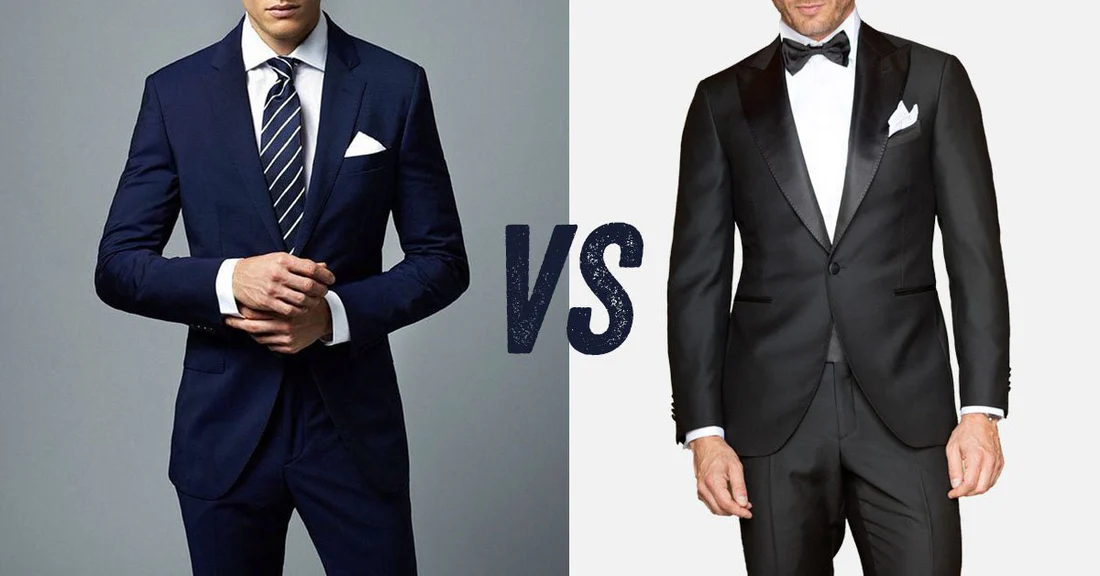
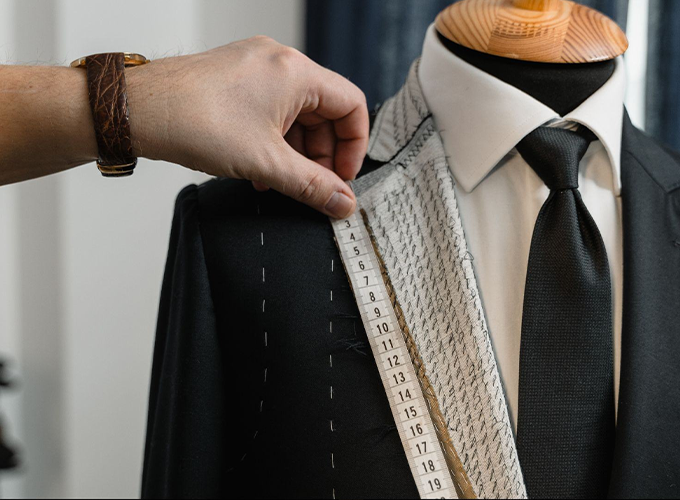
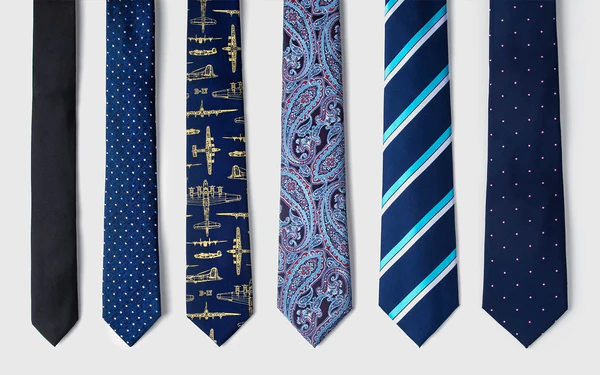
.webp)
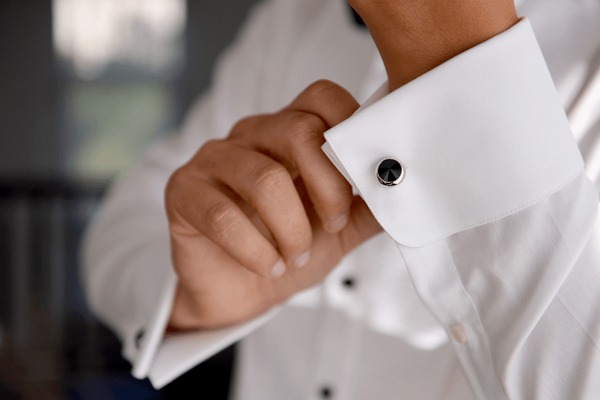
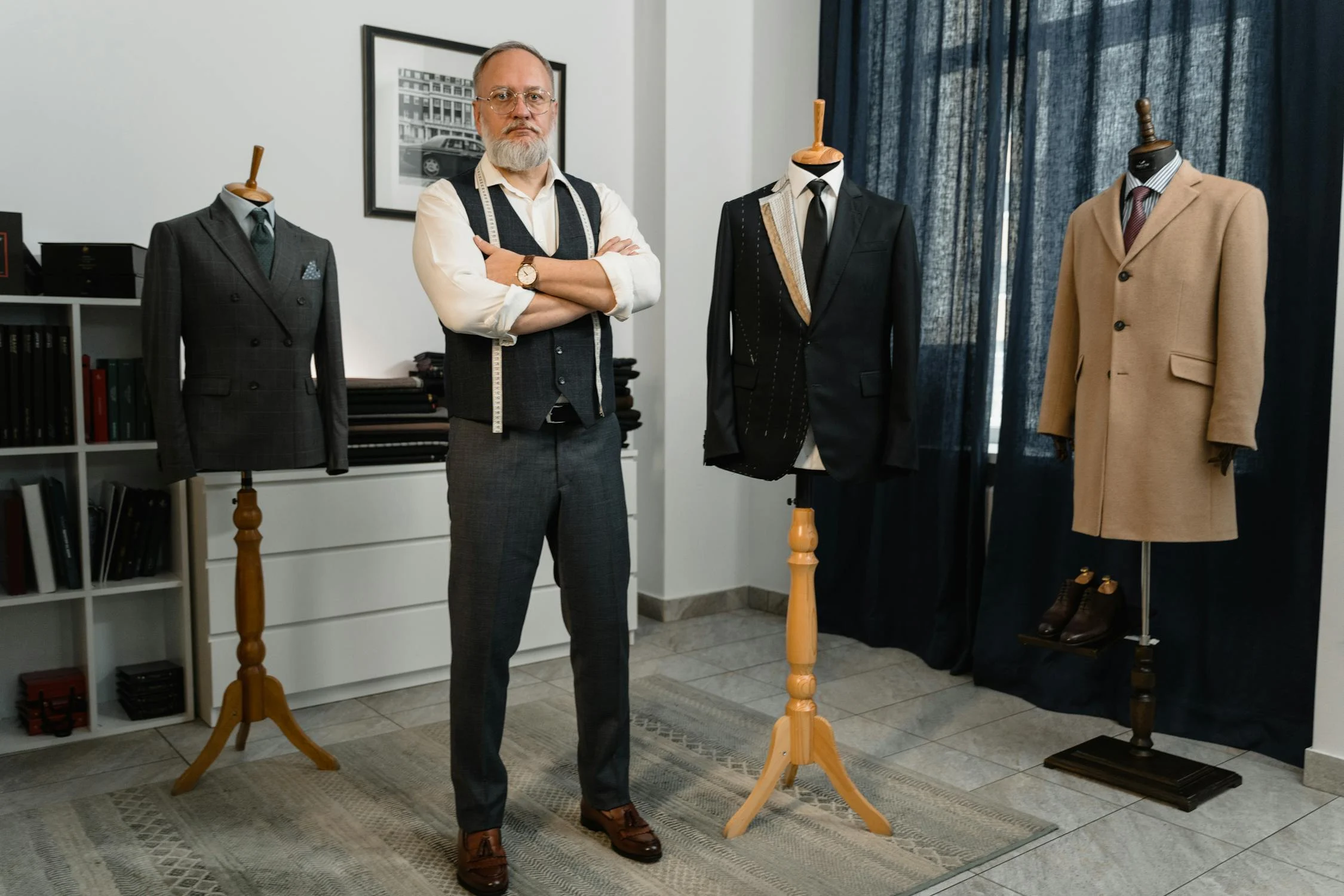
.jpg)
